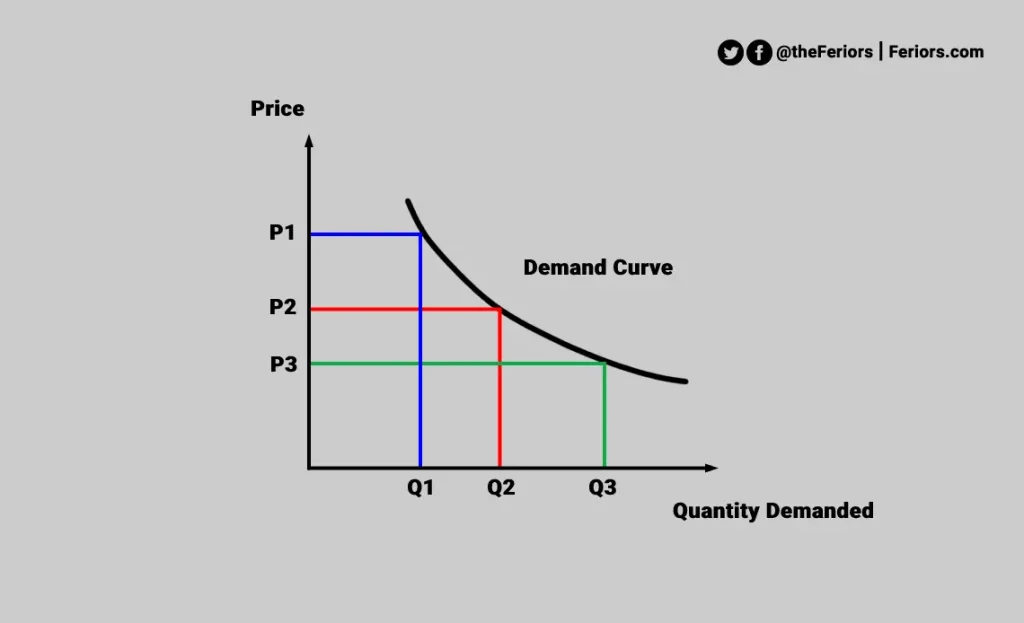What is the Law of Demand
Law of demand state that the price and quantity demanded are inversely related to each other. When the price goes up, the quantity demanded goes down. When the price goes down, the quantity demanded goes up.
Demand is a willingness and ability to pay when you are willing and able to pay (you want does not always mean you demand it).
The law of demand shows an indirect relationship between the price and the quantity of that good or service that consumers are willing and able to buy. Law of demand explains customer behavior when the price of a product or service changes. If the price of the product rise, the customer will tend to buy less of it and buy a substitute good instead.
For example, when the price of a hard disk drive rises, but the price of a solid-state drive stays the same, the customer is more likely to buy a new solid-state (which is faster) than to buy a hard-disk drive (which is slower but expensive than before) or wait until the price of a hard-disk goes down.
Law of demand in short:
- Quantity demanded rises as price falls
- Quantity demanded falls as price rises
However, when prices stay the same, demand can decline as customers start earning more or less money. Or demand may decrease as prices rise and the value of the commodity rises.
The Demand Curve
A demand curve is a graph representing the law of demand or the relationship between price and quantity demanded over a given period of time. As you can see, the demand curve slopes downward. It’s because of the law of demand. As the price goes up, the quantity of demand goes down.

As the law of demand, when the price of the product increases from price p3 to p2, then its quantity demand comes down from Q3 to Q2 and then to Q3 and vice versa.
The shape and size of demand change in response to changes in consumer preferences, income, or related economic benefits, NOT changes in prices. An increase or decrease in house prices will not shift the demand curve but will cause a movement along the demand curve for housing, which is a change in the quantity demanded.
At the same time, if there is not enough supply to meet demand, the supplier will raise prices to capture the consumer’s surplus. For example, too much supply makes a product an oversupply, which can incentivize suppliers to cut prices and increase demand to meet supply. The availability of similar substitute goods that compete with a particular economic good will tend to reduce the demand for that good because they can meet the needs and desires of the same type of consumers.
Shift in Demand
Shift in demand is a change in price changes the quantity demanded. It refers to a movement along demand curve. Movement along a demand curve is a change in anything other than price that affects demand changes the entire demand curve.
A change in price causes a movement along a demand curve. A change in a shift factor causes a shift in demand. Important shift factors of demand includes:
- Income
- Taste
- Expectation
- The prices of other goods
- Tax and subsidies



